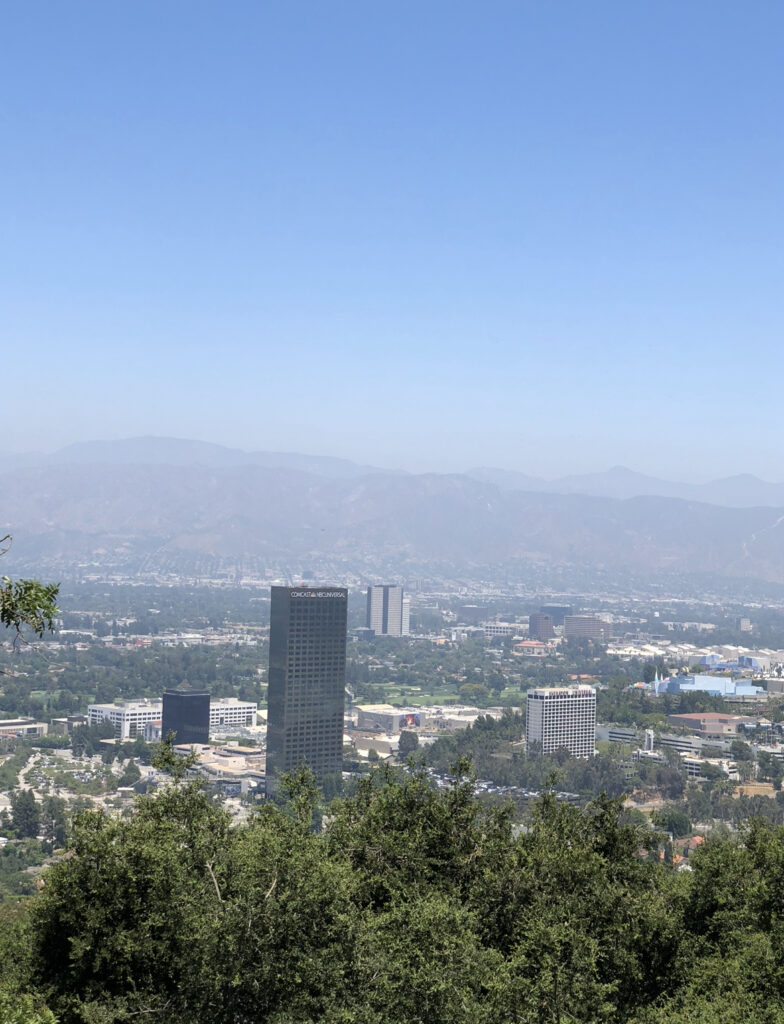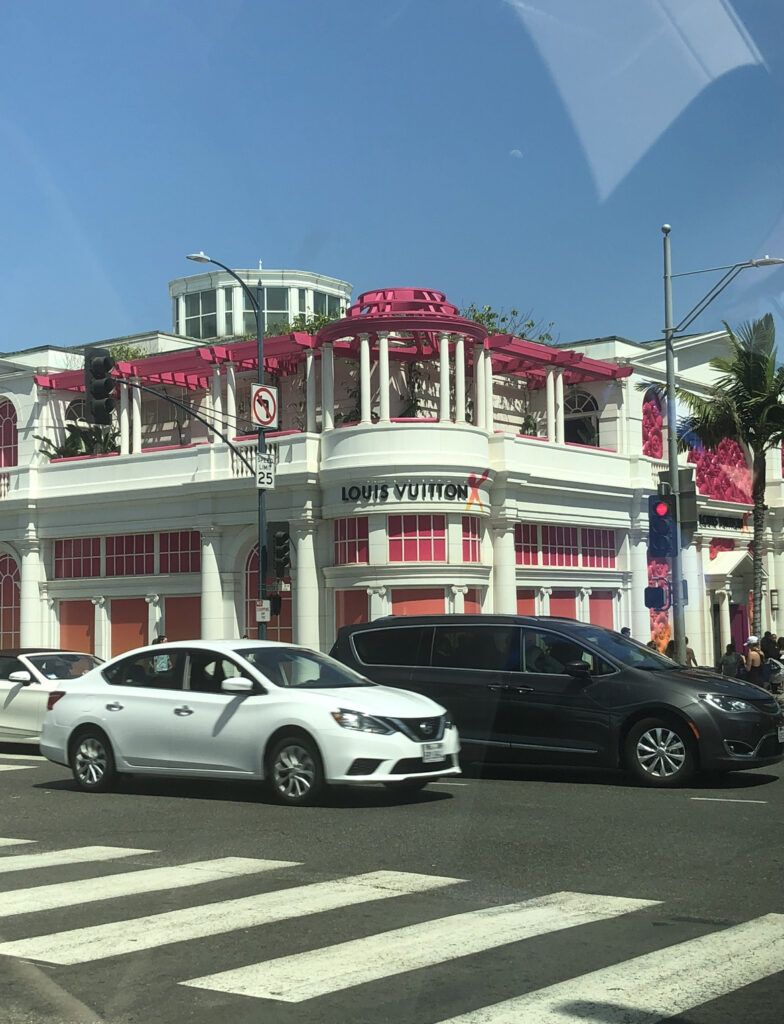The relationship between the natural and the man-made is one of great complication within the city of Los Angeles, as explored in this dossier. The invasion and inhabitation of such faulty ground which responds through its ‘geological instability’[1], supported by the ‘inclement weather [of] storms, blizzards, floods and drought’[2] which all haunt the city, a reply from the ‘seemingly passive and dumb’[3] ground which is not considered by the vast majority.
Joan Didion and John Fante, two of the most prominent faces of 20th century Los Angeles literature, are part of the minority, along with architectural critic Reyner Banham (his thoughts considered in detail in ‘The Fantastical Commercialisation of Space’). They are the migrants who moved to Los Angeles, from New York, Colorado, and the English city of Norwich respectively. Through their transition as outsiders of Los Angeles to insiders, they quickly realised what others did not. The faulty ground, the absence of nature, and the false promise of paradise.
Not much has changed since Los Angeles’s literary identity was defined by these feelings of fear, pessimism, and a lack of identity. The city is still placeless, with no definitive city centre. According to volcanodiscovery.com,[4] there were 196 earthquakes in Los Angeles in 2020, an average of just under one every two days. This is without mentioning the 2011 earthquakes below a magnitude of 2.0.
This relationship has only worsened since the literature of Los Angeles published decades ago such as Ask the Dust, Play it as it Lays, and Day of the Locust highlighted these problems. The grounds ‘seemingly passive’[5] nature becoming far more aggressive, its replies of discontent only becoming more frequent in response to the continued invasion it suffers as the city expands.
Fig. 6, 7, and 8 (pictures taken by myself of Los Angeles in July 2019)
[1] Iain Chambers, ‘Ground’ in City A-Z, ed. by Steve Pile and Nigel Thrift (London and New York: Routledge, 2000), 93-94 (p.93) <https://moodle.brookes.ac.uk/mod/resource/view.php?id=1787700> [accessed 30th November 2021]
[2] ibid., p.93
[3] ibid., p.93
[4] ‘Past earthquakes near Los Angeles, Los Angeles County, California, USA: 2020’, volcanodiscovery.com (2021) <https://www.volcanodiscovery.com/place/156517/earthquakes/los-angeles/archive/2020.html> [accessed 9th December 2021]
[5] Chambers, p.93



